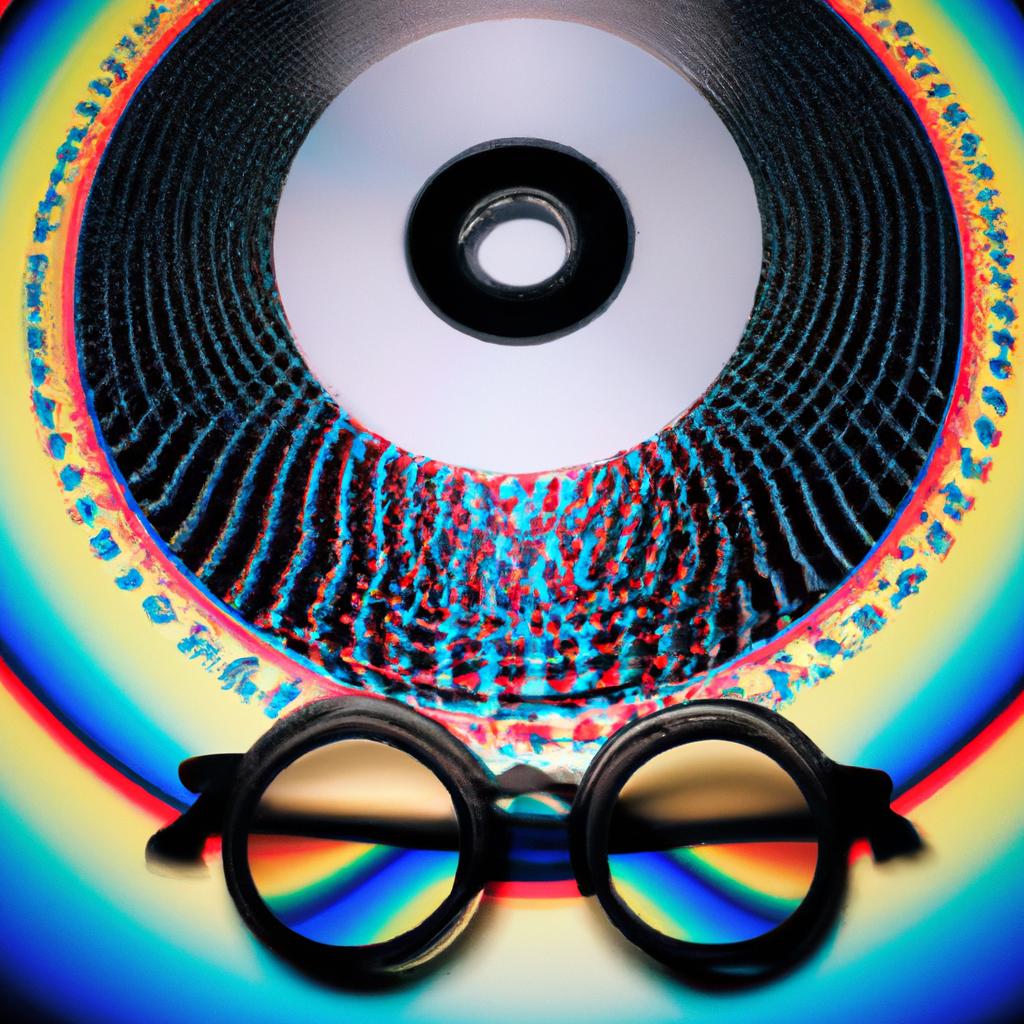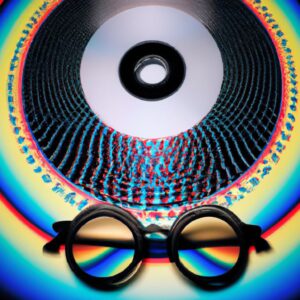Exploring the Intersection of Art and Artificial Intelligence
Artificial Intelligence (AI) is a field of computer science that deals with the study of intelligent behavior in machines. AI systems can be trained to think or act like humans by “learning” from data. AI is used in a variety of applications, from voice recognition to autonomous vehicles.
Art is a creative expression of ideas, emotions, and imagination. It can come in a variety of forms, such as music, painting, sculpture, and performance. Art often has an emotional impact on the audience, which is why it is so powerful and resonates with people.
At first glance, art and AI may not seem to have much in common. However, when you look closer, there are plenty of opportunities for them to intersect. For example, AI can be used to create artwork, enhance existing artwork, or generate new ideas for artwork. AI can also be used to improve artistic processes, such as reducing time and increasing efficiency. In this guide, we will explore the intersection of art and AI, and discuss its potential benefits and challenges.
Overview of Artificial Intelligence
Artificial intelligence (AI) is an area of computer science that focuses on the development of computers and computer systems that have the ability to think and learn, like humans. Its applications range from cognitive tasks such as natural language processing and image recognition, to games such as chess and go. AI has become increasingly popular in recent years, with new technologies being developed rapidly.
The history of artificial intelligence can be traced back to the 1950s, when researchers began exploring ways to automate simple tasks. In 1956, it was formally established as a field with the formation of the first AI research laboratory – the Artificial Intelligence Project at Dartmouth College. Since then, research in AI has grown significantly, leading to numerous advances in areas such as natural language processing, machine learning, robotics, and computer vision.
Today, AI is used in various industries, from banking and finance to healthcare and automotive. It is also used to help automate mundane tasks such as scheduling meetings or sorting emails. AI is constantly evolving and is set to continue to have a major impact on many aspects of life.
How AI Is Used in Art
Art and artificial intelligence (AI) seem like two different worlds, but it turns out they intersect in an incredible way. AI can be used to create, develop, and enhance art – from painting to music.
When it comes to painting, machine learning algorithms are used to generate new pieces of artwork or modify existing ones. For example, a painting created by a machine learning program could take the outline of a landscape painting and add new elements such as trees or clouds. Similarly, music composition can be generated using AI algorithms.
An AI system can even be used to create a unique piece of artwork from scratch. For example, the AI-generated artwork “Portrait of Edmond Belamy” was sold at an auction for over $450,000. This proves that AI-generated art can be just as valuable as art created by humans.
In addition to creating artwork, AI can also be used to help artists experiment with different styles. By using an algorithm to cycle through various techniques, artists can get a better understanding of different art forms and determine which ones suit their taste best.
Finally, AI can be used to analyze artworks and provide feedback. AI algorithms can identify patterns in artwork and recognize elements that stand out, allowing artists to receive feedback and refine their work.
Challenges Faced When Combining Art and AI
Technology can be a powerful tool to enhance art, but there are also potential challenges. When combining art and AI, there are a few key roadblocks that may need to be considered:
- Artificial intelligence is not perfect – AI technologies rely on data and algorithms. If the data is incomplete or inaccurate, the AI system may create unexpected results.
- Accessibility – Not everyone has access to the necessary software, technology, and resources required for utilizing AI in art. This may make it difficult for some people to create art with AI.
- Ethical concerns – The use of artificial intelligence can raise ethical issues due to its reliance on data and algorithms. For example, some worry that AI systems could create biased or unfair art.
These challenges highlight the need for thoughtful consideration when creating art with AI. It is important to account for potential risks, as well as the potential benefits.
Examples of Synthetic Art
Synthetic art is an art form created using or enhanced by AI technology. It varies greatly in terms of production, style, and effects, but all works created by AI will have one thing in common: they are all made with the help of a computer. Here are a few examples of synthetic art you can explore.
- Generative art: Generative art uses algorithms, along with data input (such as images or audio), to generate creative visuals. Examples of generative art include Google’s DeepDream, which uses deep learning to create dream-like images manipulating existing content.
- Style transfer: Style transfer technology applies the style of one artwork to another. For example, a picture of a landscape can be transformed to take on the style of a painting by a historical artist, such as a Monet masterpiece.
- Neural networks: Neural networks use deep learning to create art, often in the form of music or video. Previously unheard-of sounds and visuals can be generated when AI technologies are employed.
Exploring synthetic art is a great way to get an understanding of the possibilities of artificial intelligence and how it can be used to create art. Whether you’re interested in generative art, style transfer, or neural networks, there are endless possibilities when it comes to art and AI technology.
Benefits of Intersecting Art with Technology
Art and AI provide a unique opportunity to intersect our creative sides with today’s innovative technologies. This intersection has many potential benefits, including more efficient production, enhanced artwork, and increased sustainability.
One major advantage of using AI in art is increased efficiency. AI algorithms and processes can be used to automate certain tasks that would otherwise be time-consuming or labor-intensive. This can allow creators to use their time and resources more effectively and efficiently, as they can produce more artwork in the same amount of time. Additionally, this automation enables a level of consistency that is difficult to achieve when doing things manually.
Another benefit is the development of enhanced artwork. With AI, creators can produce more complex and intricate images, shapes, and sounds than ever before. AI algorithms can take a simple idea and generate a seemingly infinite variety of variations, allowing artists to explore their creativity in more sophisticated ways. Furthermore, AI can be used to analyze existing artwork and suggest modifications to improve the quality and complexity of the artwork.
The combination of art and AI can also have positive effects on the environment. AI-enabled processes can help reduce waste materials from production, such as paper, ink, and other supplies. This is particularly important for large-scale projects, where small improvements in production can lead to significant reductions in waste products. Additionally, AI technologies can be energy-efficient, further reducing the environmental impact of art production.
In conclusion, the intersection of art and AI provides an exciting and beneficial opportunity for both artists and technology experts to explore their creative potential. By leveraging the power of AI, artists can produce artwork more efficiently, create more intricate artwork, and even reduce the environmental impact of their artmaking.
Conclusion
The intersection of art and artificial intelligence is an exciting and rapidly developing field that offers a range of new possibilities for creators. Combining AI with artwork can open up new avenues of expression and allow artists to create powerful, engaging pieces that wouldn’t be possible without technology. Whether artists choose to use AI to create entirely new pieces or enhance existing designs, technology-enhanced creativity can result in captivating art.
At the same time, it’s important to acknowledge the challenges that come with combining these two fields. AI relies on a certain level of complexity that can be difficult to incorporate into art. Additionally, there can be various ethical considerations to take into account when using technology to create art. Ultimately, however, the potential benefits of combining art and artificial intelligence far outweigh the risks.
Exploring the intersection of art and artificial intelligence can lead to exciting new discoveries and help us rethink how we create and appreciate art. By understanding the basics of this field, we can begin to unlock its creative potential and create beautiful, meaningful works of art.
References
To learn more about the intersection of art and artificial intelligence, there are a number of sources available to explore. Here are a few of them:
- Konnikova, Maria. “Can Artificial Intelligence Create Art?” The New Yorker, 9 Oct. 2019, www.newyorker.com/science/elements/can-artificial-intelligence-create-art.
- Sanders, Matthew. “The Intersection of AI and Art: Exploring Where Technology Meets Creativity.” KD Nuggets, 3 Jan. 2020, www.kdnuggets.com/2020/01/intersection-ai-art-exploring-technology-meets-creativity.html.
- Sinha, Ruchir. “Using AI in Digital Art: A Guide to Enhancing the Creative Process.” Towards Data Science, 31 May 2019, towardsdatascience.com/using-ai-in-digital-art-a-guide-to-enhancing-the-creative-process-d2d465457f5c.
These resources provide valuable insights into the intersection of AI and art, from the history of its development to potential benefits and challenges.
comments: 0

